 With yet another potential British Airways next-generation Club World business class seat released into the wild via the patent application process, the airline is certainly pointing to a next-generation business class seat with direct aisle access — a significant upgrade on its existing product.
With yet another potential British Airways next-generation Club World business class seat released into the wild via the patent application process, the airline is certainly pointing to a next-generation business class seat with direct aisle access — a significant upgrade on its existing product.
Yet filing for these patents — with big name designers’ collaboration clearly identified — is an interesting step for an airline. BA must know that these designs leak. So are the filed products merely stalking-horses, intended to force the hand of competitors at a time where we may have hit peak business class? Or are they actual innovations we’ll see on aircraft?
British Airways spent years at the forefront of business class innovation, with sleeper seats in the 1990s and the world’s first fully flat bed in 2000, before deciding in 2006 to make a fairly large incremental step on that 2000-era seat — but an incremental step nonetheless, and one that has the airline fairly resting on its laurels with largely cosmetic changes as the 777-300ER, A380 and 787 entered the BA fleet.
BA’s Airbus A350 is likely to see the first example of whatever the next generation product actually is when the new twinjets arrive in 2017.
In terms of positioning, BA seems clear that it will be offering a four class longhaul product range — first, business, premium economy, economy — into the future. With the airline’s current and next first class product consisting of an outward-facing herringbone rather than a suite, correctly filling the space in the segmentation strategy will be key.
This time last year, a sofa-style inward-facing herringbone appeared, in conjunction with Priestmangoode.
Nearly a year later, the patent application for a somewhat more conventional inward-facing herringbone layout is now out in the wild, in conjunction with Tangerine, the design agency involved with the creation of the first business class bed in 2000. Unconventional, however, is a previously unseen variation on herringbones for wider cabins like the 777 or A380 lower deck, where one column of seats angles forwards and one backwards. It’s unclear how popular this might be with passengers on the left-hand side of the aircraft, who would be staring at the person opposite them for the entire flight.
Apart from their rather off-trend inward herringbone layout in the context of most other airlines adopting an outward herringbone, where window seats face the window and centre seats face each other, both these seats seem to be flagging a move to direct aisle access, which is the gold standard in business class for airlines hoping to attract a premium business class passenger these days.
There is, of course, another option: no change whatsoever. When asked about BA’s Club World seating in an earning call this April, parent group IAG (and former British Airways) CEO Willie Walsh said:
“In relation to the fantastic British Airways product, we measure the success of that product in financial terms obviously, and in financial terms that product is doing extremely well. And we don’t see any reason to make any changes. However, with the arrival of the 787-10 and the A350-1000, there is both a need in terms of the A350-1000 and an opportunity with the -10 to look at a new version of the existing product. So we are working on that. You should expect to see BA continue to innovate the product. But I’d describe it more as refreshing the existing product rather than a radical change. We don’t see any reason to change the basic structure of the product that we have on board the aircraft, which, as you know, is extremely efficient in terms of space utilization. IT is the most efficient. And from that point of view, gives by far the beset financial result for us.”
With the last “refresh” of the product the move from the fabric fan divider to the translucent electronically activated wall, could the next refresh be simply adding some space for a gangway between aisle seats and the window or middle? In terms of density, adding around a foot to the aisle seats (or, as many airlines do, making the aisle seat slightly shorter as part of finding the space for the gangway) is likely to be less of a disruption
In the context of the continuing production bottleneck for premium seats (as I said this week on the first episode of #PaxEx TV), and the significant issues faced by other airlines in certifying new seats on an angle, BA’s smartest move might be to utilise its extensive inhouse MRO operation to update its existing product rather than going for a clean-sheet design.




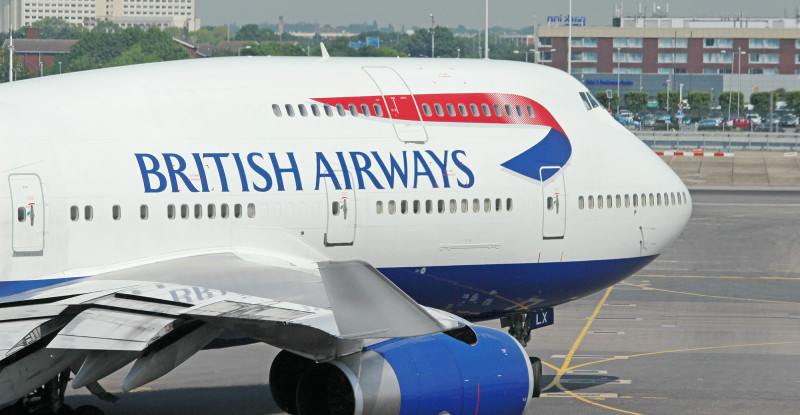
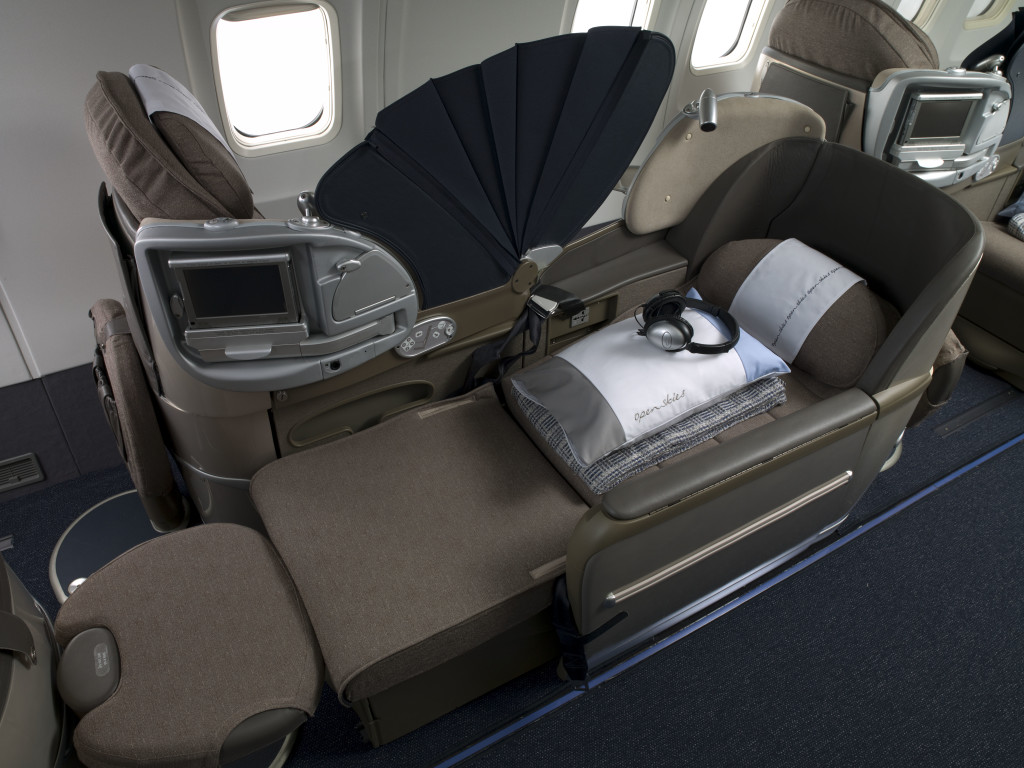
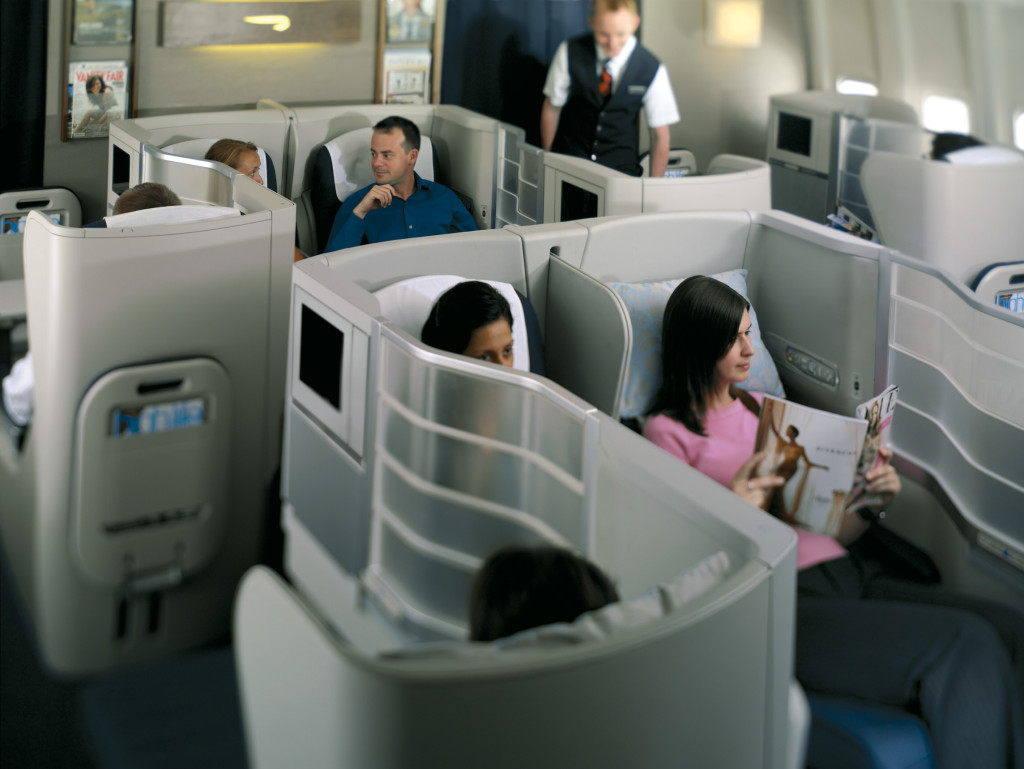
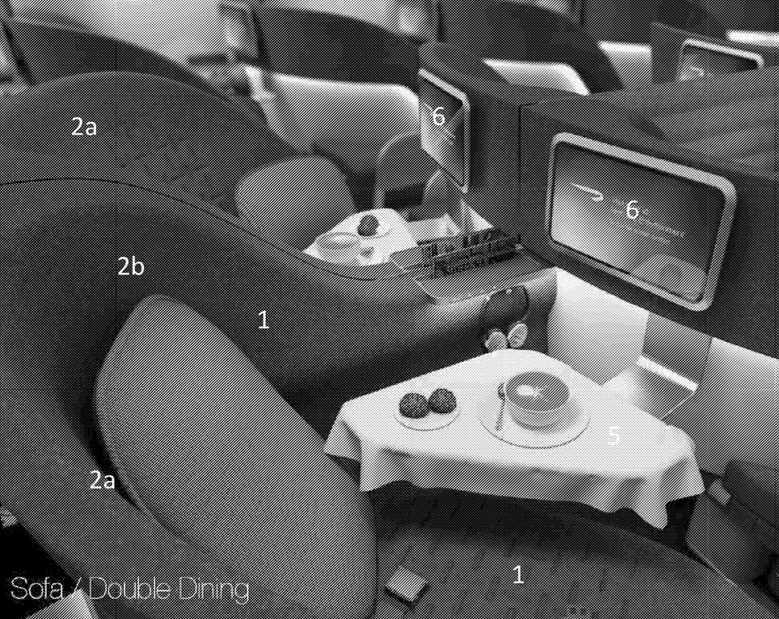
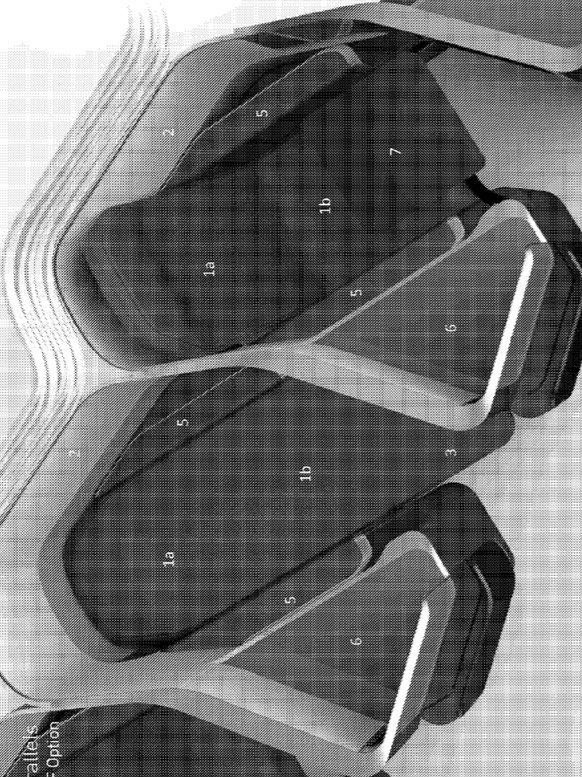

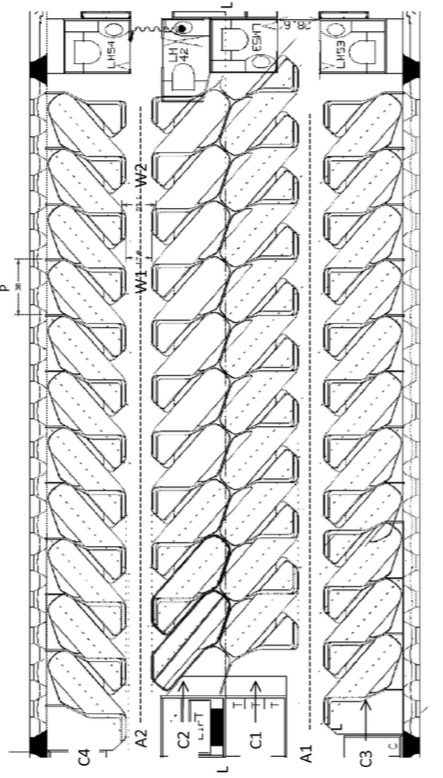




![[Photo caption] (from left to right), Russell Stokes, President and CEO of GE Aerospace Commercial Engines & Services; Brad McMullen, Senior Vice President of Boeing Commercial Sales and Marketing; Howard Lutnick, U.S. Secretary of Commerce; Kelly Ortberg, President and CEO of The Boeing Company; Walter Cho, Chairman and CEO of Korean Air & Hanjin Group; Duk-geun Ahn, Minister of Trade, Industry and Energy of the Republic of Korea; Hyundong Cho, Ambassador of the Republic of Korea to the United States; Jason Yoo, Executive Vice President and Chief Safety and Operating Officer, Korean Air](https://runwaygirlnetwork.com/wp-content/uploads/2025/03/Photo-caption-from-left-to-right-Russell-Stokes-President-and-CEO-of-GE-Aerospace-Commercial-Engines-Services-115x85.jpg)
